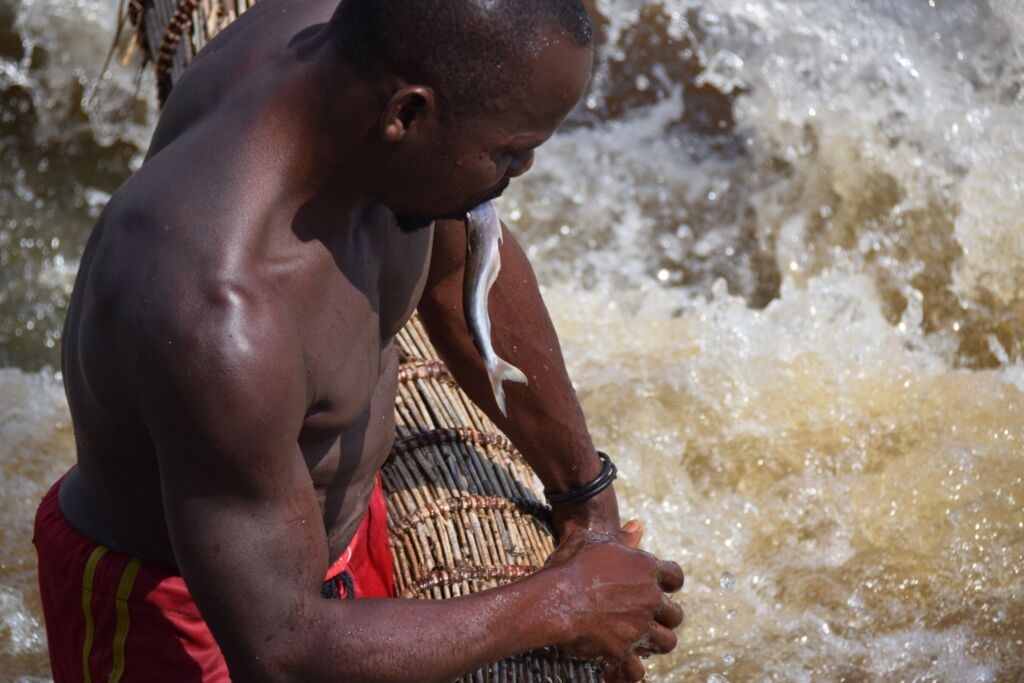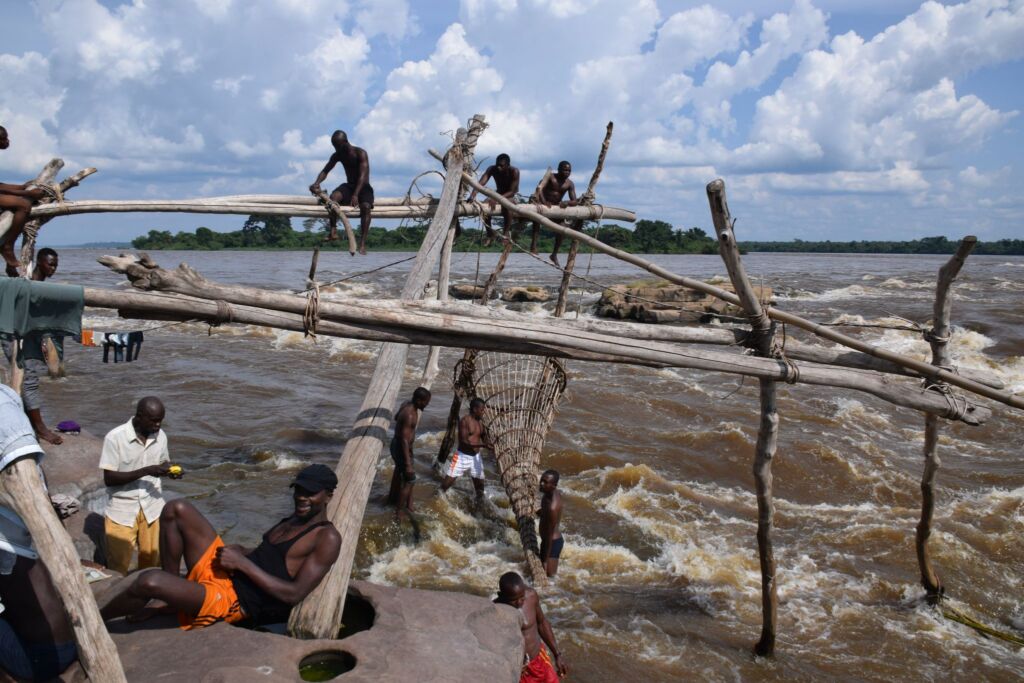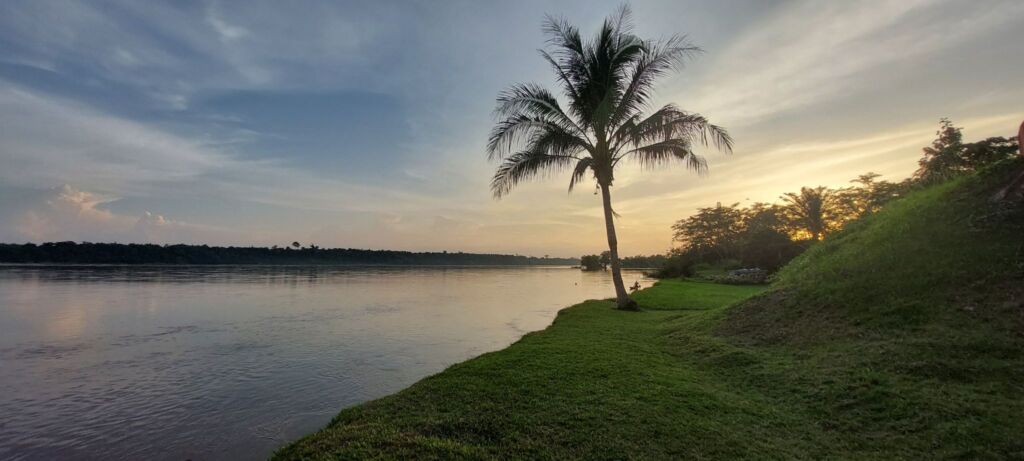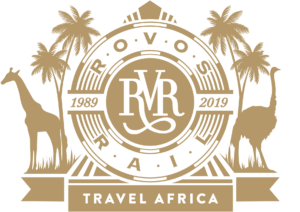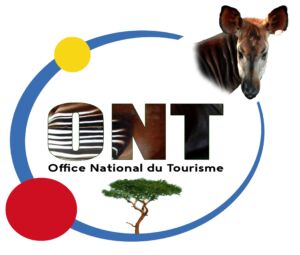This Congo tour will start in Kisangani, which is a Swahili speaking city next to the Congo River in the north of the Democratic Republic of Congo. We will visit the city center, see the rapids at the Pont Tshopo, the slave trade point, the Wagenia fishermen at the Boyoma Falls just outside Kisangani as well as a drive to Waine-Rukula to get a feeling of the village life in the forest outside of the city.
Kisangani
Kisangani (Stanleyville until 1966) is a city in the north-east of the Democratic Republic of the Congo with 1.6 million inhabitants and is also the capital of the Tshopo province. It is the third largest city in the country and the largest located in the tropical forests of Congo. Located about 2100 kilometers from the mouth of the Congo River, Kisangani is the furthest upstream navigable point. Kisangani has the second most important inland port in the country after Kinshasa and has been an important trading center and transport hub for the north-eastern part of the Democratic Republic of the Congo since the late 19th century.
Kisangani is strategically located at the confluence of the Congo, Tshopo and Lindi rivers. Kisangani is located roughly in the middle of the African continent and because of its location on the banks of the Congo River, which is navigable between Kinshasa and Kisangani, it contributes significantly to supplying the entire region, which has helped the city to grow tremendously in importance as a commercial city.
The city is known for the Boyoma Falls just outside the city. The Lualaba River flows from the south to these seven rapids, after which the river is called the Congo.
Henry Morton Stanley founded the Stanley Falls Station in December 1883 on an island in the Congo near the small town, where the Scottish engineer Mr. Binnie remained as a representative of the Congo Free State and operator of the trading station. A conflict with Arab slave traders escalated. In 1888 the station was the seat of the slave trader Tippu-Tip.
Boyoma Falls
The Boyoma Falls, formerly known as Stanley Falls or Ngaliema Falls, consist of a series of seven cataracts succeeding each other over more than 100 km on the Lualaba from Ubundu to Kisangani in the province of Tshopo, the Democratic Republic of Congo. It is at the end of these falls that the Lualaba takes the name of Congo.The Boyoma falls have one of the highest flow rates in the world, with more than 17,000 cubic meters per second, with a total drop of 60 meters.
The Wagenia fishermen have developed a unique technique using wooden scaffoldings on the Congo River with baskets attached by lianas and this on the rapids. Every day they are out on the rapids with their baskets to capture the fish, as you can see in this video below.
Itinerary:
Day 1: Slave Trade Point - City Center - Pont Tshopo
Full day city visit, including the slave trade point and Pont Tshopo.
Day 2: Waine-Rukula and Wagenia fishermen near Boyoma Falls
We’ll start the day with a visit to the Wagenia fishermen, including their island on the Congo River, we’ll then proceed to see Waine-Rukula, a beautiful village about two hours drive outside of Kisangani in the middle of the magnificent forest.
Doesn’t include:
- Hotel
- Meals and drinks
- Tips and gratuities
- Visa
- Domestic flights
"Was the Guide professional?"
"YES amazing"
- Mark. USA, Virunga NP, Goma Tour, Mikeno Lodge










